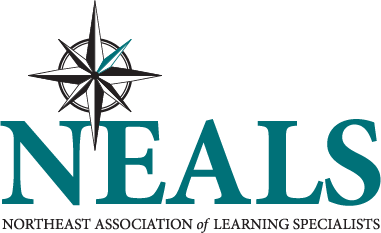By Chris Ouellette
We have found that there is one support tool that is necessary to have before you implement any other tool or resource with a student. The first tool we are sharing with you is yourself and the ability to really know your student.
There I was, fresh out of my degree program, with all of the latest programs and resources to support students diagnosed with learning disabilities. I was assigned Student Y who could benefit greatly from what I learned in my degree program. I was scheduled with the student for second block of the day. This was it, the moment had come, I even had on my favorite shirt. The student came into my space, took one look at me, screamed and ran out refusing to meet. I peeked my head out of the room in time to see other heads staring down at me quizzically. I asked myself “how could this go so wrong when we have all of this training?!?” As it turned out, if I had done some initial digging, I would have discovered that Student Y had a prominent aversion to the color yellow. I bet you can guess what color my favorite shirt was.
While this is an extreme example, I am positive that I would have worn a different color shirt had I been privy to that piece of prior knowledge about the student. The number of hats that we wear; teacher; coach; advisor; counselor; dorm parent; etc., allows us to develop deep and meaningful connections with our students. These connections are what allow us to serve our students to the best of our abilities. These relationships allow us to praise students during their great moments; and allow us to really lean in to the discomfort with our students during their difficult times. More importantly, it is these relationships that help our students lean into the vulnerability needed to receive specialized support for a learning disability. Knowing your student works well on the individual level, but how about within the overall climate of the school?
When referring to school climate, Dr. Bill Preble of New England College said, “students just can’t learn when their pants are on fire,” meaning that in order to provide optimal learning conditions, we need to help students feel safe in the environment. Preble and Taylor (2009) state “When teachers or principals perceive their schools to be safe and respectful places, they may be blind to problems going on right under their noses.” Battling those blind spots becomes much easier when the faculty and staff at the school really know their students. This is where learning specialists play a critical role as we are often the only adults sitting down with a student one on one every week. If each student has at least one adult that truly knows them, the odds are increased that these students will share both the good and the bad. When students are sharing with us, when we truly have a pulse on the school, we are better able to create the positive school climates that our students need to thrive in education.
We are fortunate to be able to continue fostering the relationships with the students that we know well already. My challenge to you is to get to know some students that you don’t know well already. How you might ask? You could throw up an extra high-five in the hallway, or invite in the whole group of students who drop by your office with your student. It makes such a difference to a child, away from home when a learning specialist goes to an extra home game, or congratulates them on their recently won award, whether you are close to them or not. Thank you, because no matter how you choose to get to know your students, you are helping to provide a learning environment where they can thrive.
That’s it for today, and I will leave you with the wise words of the Blue Scholars, “in each mind resides a potential so potent”.
Cheers,
Chris
